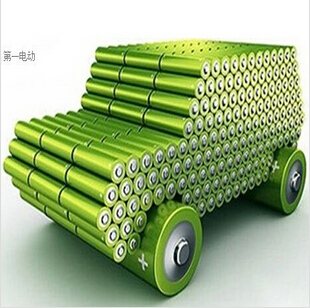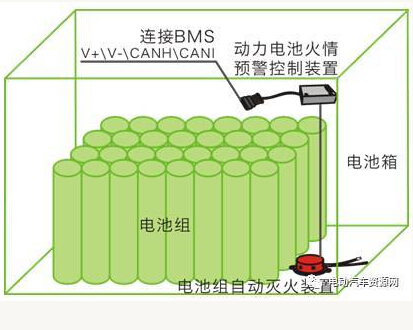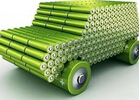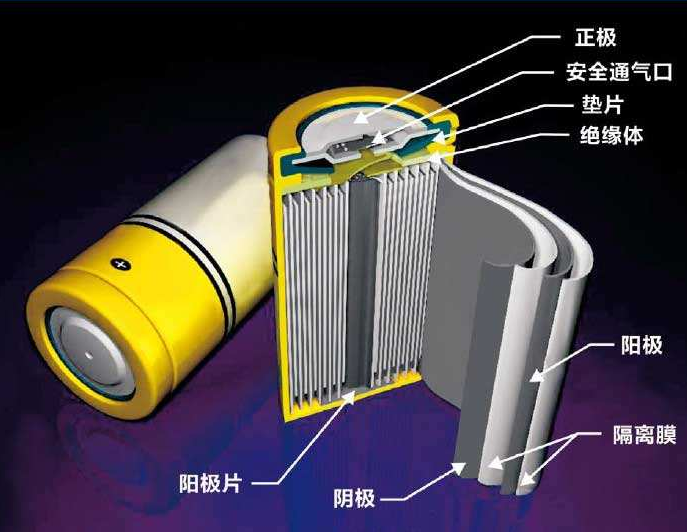While the new energy automotive industry is booming, the issue of power battery recycling has also become the focus of attention in the industry. Whether it is from the point of view of environmental protection or maximizing the use of resources, the recycling of power batteries is now in full swing, and the recycling of power batteries is also gradually demonstrating its use value. Domestic institutions predict that the recycling market created by used batteries will exceed 5.287 billion yuan in 2018 and will exceed 10 billion yuan in 2020.
The time limit for the decommissioning of the power battery has been gradually approaching. According to the life cycle of new energy vehicles and the marketization of China's new energy vehicles, this year will be a window for large-scale scrap recycling of new energy vehicles.
In recent years, the development of China's new energy automotive industry has been steadily improving. According to statistics, in 2017, the sales of new energy vehicles in China reached 777,000 units, and the total number of vehicles as of that year was approximately 1.8 million. With the gradual expansion of the new energy vehicle system, the demand for power battery scrap recycling and reuse has also increased. Estimates show that the decommissioning tide of power batteries will begin to erupt this year. If 70% of the use of the ladder is calculated, there will be about 60,000 tons of waste batteries waiting to be processed by 2020. At present, the domestic power battery is mainly a lithium ion battery, and the positive electrode material in its composition may cause heavy metal pollution.
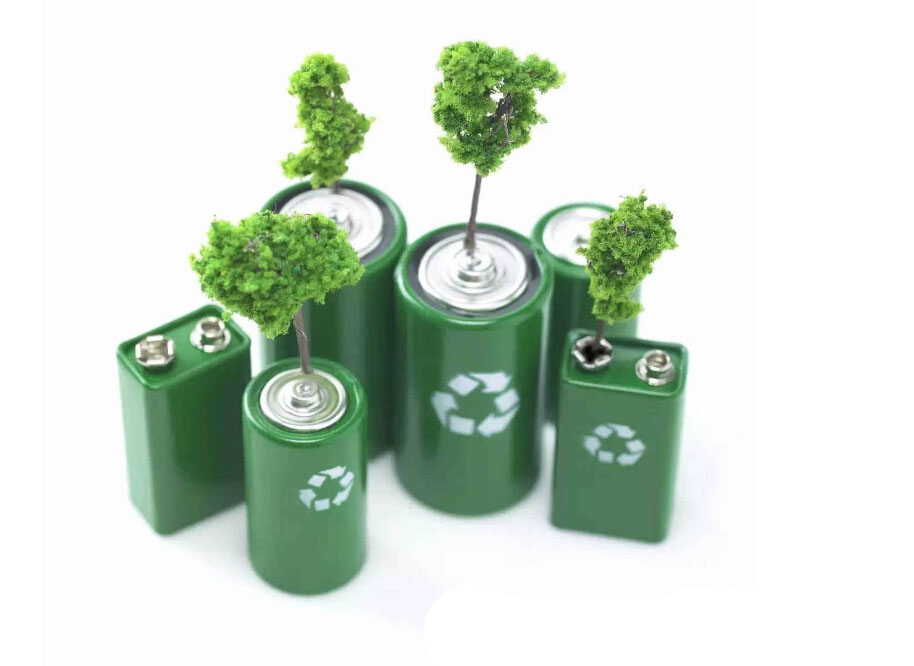
Despite the difficult start, the outlook is generally optimistic about the industry. There are even institutional predictions that the power battery recycling market will form a new “spout” of 10 billion yuan. This is also the reason why in addition to car companies, battery companies, and raw material recycling companies, capital is also making great strides in this area. They are also seeking new opportunities in this area. So far, the utilization and recycling of power batteries for new energy vehicles are expected to proceed in turn according to the application scenario. Enterprises in the new energy automotive industry chain have actively deployed the field of battery recycling.
Among them, some car companies have chosen to cooperate with other companies to jointly promote domestic battery recycling and other related matters. Sixteen vehicle and battery companies, including Changan, BYD, and Yinlong New Energy, have reached cooperation with China Tower Corporation, a major power battery recycler, to solve issues such as the recycling of retired power batteries. In addition to vehicle companies, battery manufacturers have also actively explored this. Ningde Times, CNAC Lithium Battery, BAK Battery, Guoxuan Hi-Tech and other companies have established a battery recycling network and began to arrange power battery recycling business.
Up to now, only a few car companies have carried out relevant layouts. Compared with the total amount of scrapped power batteries that will soon enter the market, it is still a “glass of water”, and in general, the recycling main body is still in a state of absence. Therefore, both the market size and the processing technology need time to improve. However, a common view in the industry is that controlling the quality and safety of decommissioned batteries is a difficult point for ladder utilization technology. Related detection technologies and equipment must be developed to accurately determine whether decommissioned batteries can enter the ladder utilization market and determine application scenarios.
















 RCCN WeChat QrCode
RCCN WeChat QrCode Mobile WebSite
Mobile WebSite